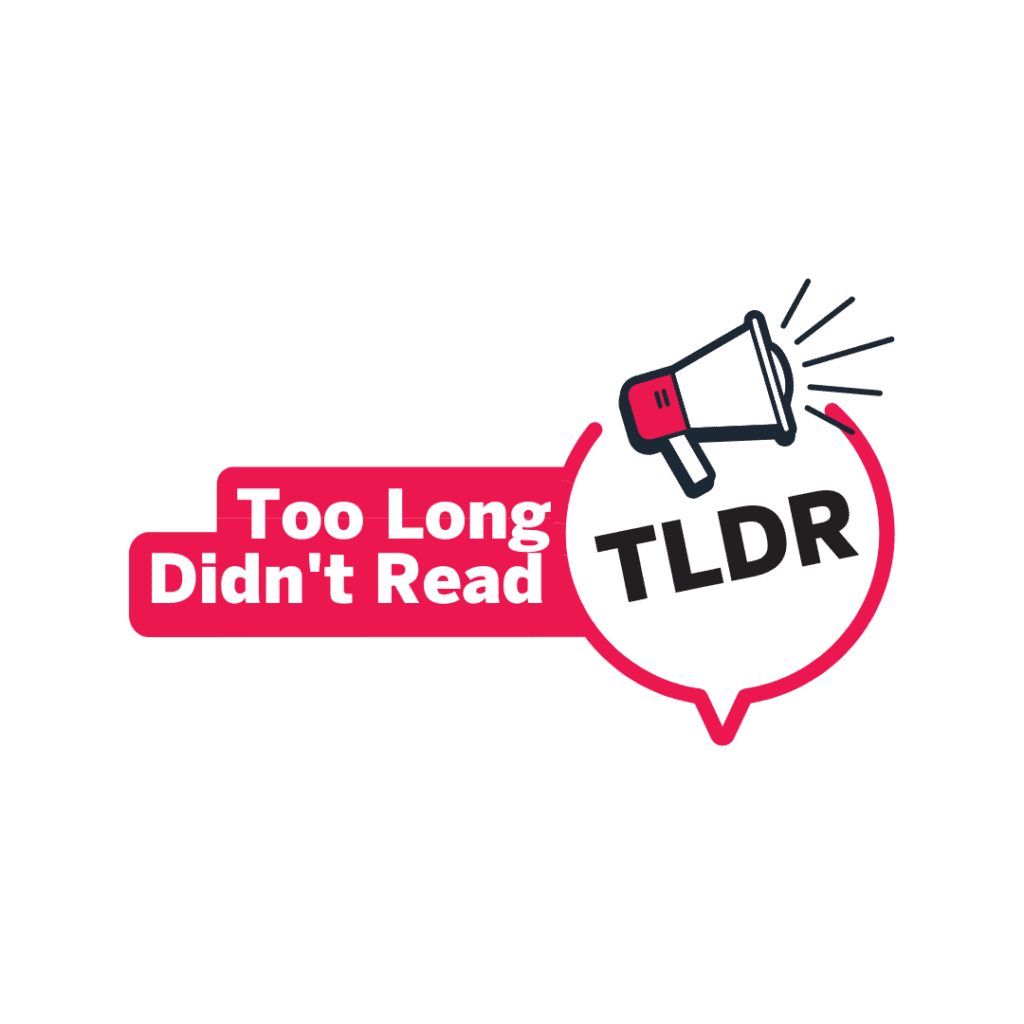

Project summary
The value of sport events extends beyond the competition itself to society at-large. The overarching goal of this project was to understand how to maximize the positive impacts associated with hosting non-mega sport events. Guided by the idea that effective event design and leveraging strategies can increase positive outcomes from sport events, the specific objectives of this project were to identify:
- What elements of a spectator experience inspire a desire to participate in sport
- How events can be designed to attract new sport participants
- Whether non-mega sport events make host residents who do not attend an event happy
- What makes non-mega sport events valuable to spectators
- What helps and hinders local businesses from leveraging sport events
Conclusions:
- An event experience can inspire spectators, and inspiration can form despite other physical activity preferences and regardless of current participation in the sport. Intentions to swim were highest among spectators when they fantasized about being part of the action, felt inspired, were younger, currently swim, and did not have other physical activity preferences.
- Running events designed with a “fun” theme can attract new participants into a sport as well as hold the attention of existing runners of various abilities and performance goals.
- Informing residents that events are being hosted in their community can increase the likelihood of making non-attendees also happy. Effective communication should include feelings of pride and belonging.
- Purposefully selecting and designing unique events and promoting the unique attributes of the event will increase its appeal to sports fans.
- There is a need for cities, destination marketing organizations, and local businesses to create stronger working relationships that address communicative, financial, and human resource constraints that prevent the adoption and success of event leveraging.
Research methods
Objective 1 (Inspire an intention to participate) – Questionnaires were completed by 353 spectators at the FINA Swimming Championships and Belgian Swimming Championships.
Objective 2 (Design events to attract new participants) – Questionnaires were completed by 464 participants at the Le Chocolat running event (5K, 10K, half marathon) held in Windsor, Ontario.
Objective 3 (Making host residents happy) – Questionnaires were completed by 447 local residents who did not attend the events in public spaces one week before, during, and one week after the hosting of the Ontario Summer Games and 55+ Summer Games.
Objective 4 (Attracting local residents to events) – Questionnaires were completed by 714 local residents attending the International Children’s Games.
Objective 5 (Local businesses leveraging) - Semi-structured interviews with owners/managers of 16 local restaurants and from three destination marketing organization (DMO) executives in Windsor. The context of leveraging was the International Children’s Games held in 2013.
Research results
Objective 1 – Some cognitive elements of an event experience (fantasizing, aesthetics) inspire spectators, and inspiration can be formed despite other physical activity preferences and regardless of whether a spectator currently swims. Only age had a negative effect on inspiration. Intentions to swim increased among respondents when they fantasized about being part of the action, felt inspired, were younger, currently swim, and did not have other physical activity preferences. Specific leveraging tactics are needed to engage those with low intentions to participate post event.
Objective 2 – The Le Chocolat event attracted individuals who had never participated in any running event before (16% of sample). These individuals were represented in all lengths of races (5k walk, 5k run, 10k walk, 10k run, half marathon); however, the majority chose the 5K walk (14% of new runners) and 5K run (40%). New event runners were more interested in expanding their knowledge about running and socializing with other event participants compared to more experienced competitors.
Objective 3 – Residents who did not attend the event reported higher levels of happiness merely by being aware that the two non-mega sport events were being hosted in the community, compared to residents who were not aware either event was being hosted. Practically, these findings stress the importance of informing residents these events are being hosted in their community. Effective communication should include feelings of pride and belonging, as these elements are expected to stimulate feelings of happiness of non-attendee residents.
Objective 4 - Spectators who highly identified with being a sports fan perceived the event as being valuable when they also viewed the event as unique. Having a personal affiliation to an athlete (e.g., family, friend) was not related to perceptions of uniqueness or value. Purposefully selecting and designing unique events and promoting the unique attributes (e.g., theme, social opportunities, aesthetics) of the event will increase its appeal to spectators who are sports fans (a key target market).
Objective 5 - Restaurants did not engage in event leveraging. Three common reasons emerged to explain this situation, including: a lack of a belief in benefits from leveraging, inconvenient proximity to event venue, and not being prepared for event leveraging opportunities. The DMO had a desire to assist local business in leveraging, but their ability to do so was negatively impacted by a lack of awareness of events being hosted, disengagement by local businesses, and limited resources. There is a need for DMO’s and local businesses to create stronger and more supportive working relationships that address financial and human resources constraints preventing the adoption and success of event leveraging. As part of this approach there is a need for cities to make stronger financial investments in supportive agencies such as a DMO.
Policy and program implications
Maximizing the impact of hosting sport events involves a number of targeted approaches each tailored to the specific desired outcomes. In most cases, achieving outcomes based on the results of this project involves collaboration among a number of stakeholders. More specifically, the stimulation of sport participation as a result of hosting events requires collaboration among event organizers, governing associations, and local sport clubs who will design event experiences, target specific population groups, and ensure first experiences with a sport are positive. Economic impact through tourism spending involves collaboration among the local government / destination marketing organization, organizing committee, and local businesses to communicate effectively about opportunities and deliver consistent theming. Social impact requires event organizers, local governments, and media to collaborate to promote the event in ways that enhance sense of community and pride.
Next steps
Further research needs to continue to explore the conditions under which desired outcomes can be achieved from the hosting of events. In terms of participation outcomes, our research has begun to explore how sport participation intentions post-event translate into participation behaviours. We have also begun to explore the role that specific interventions play in aiding that transition process, and even engaging individuals with low intentions. Action research is needed to explore a program targeted at engaging local businesses in the process of using event theming to attract participants, as well as specific tactics that would bring spectators out of their hotel area to other parts of the host region.
Knowledge translation
To date, results have been shared with several organizations including the Mayor’s office of Windsor which was responsible for several of the events in this project as well as each event organizer.